
In 2015, I was 26 years old and living in a relationship that hadn't been what I had intended since we had moved to another city for his career.
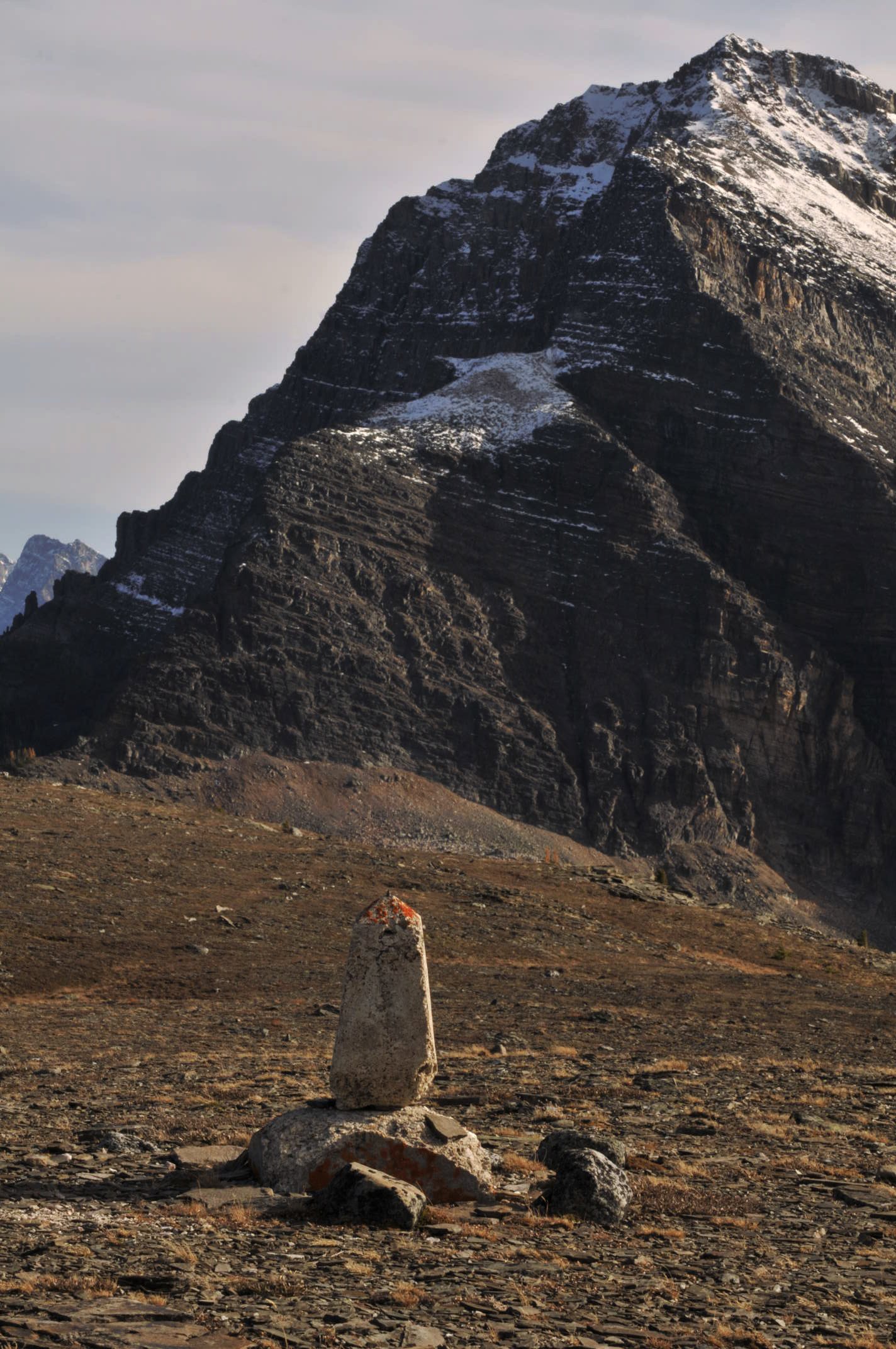
The mountains were a few hours away, but the photography that was available at the time was more then what I could have expected as a young person dealing with a career in art and design that was already failing in an area built off of resource money and commerce.
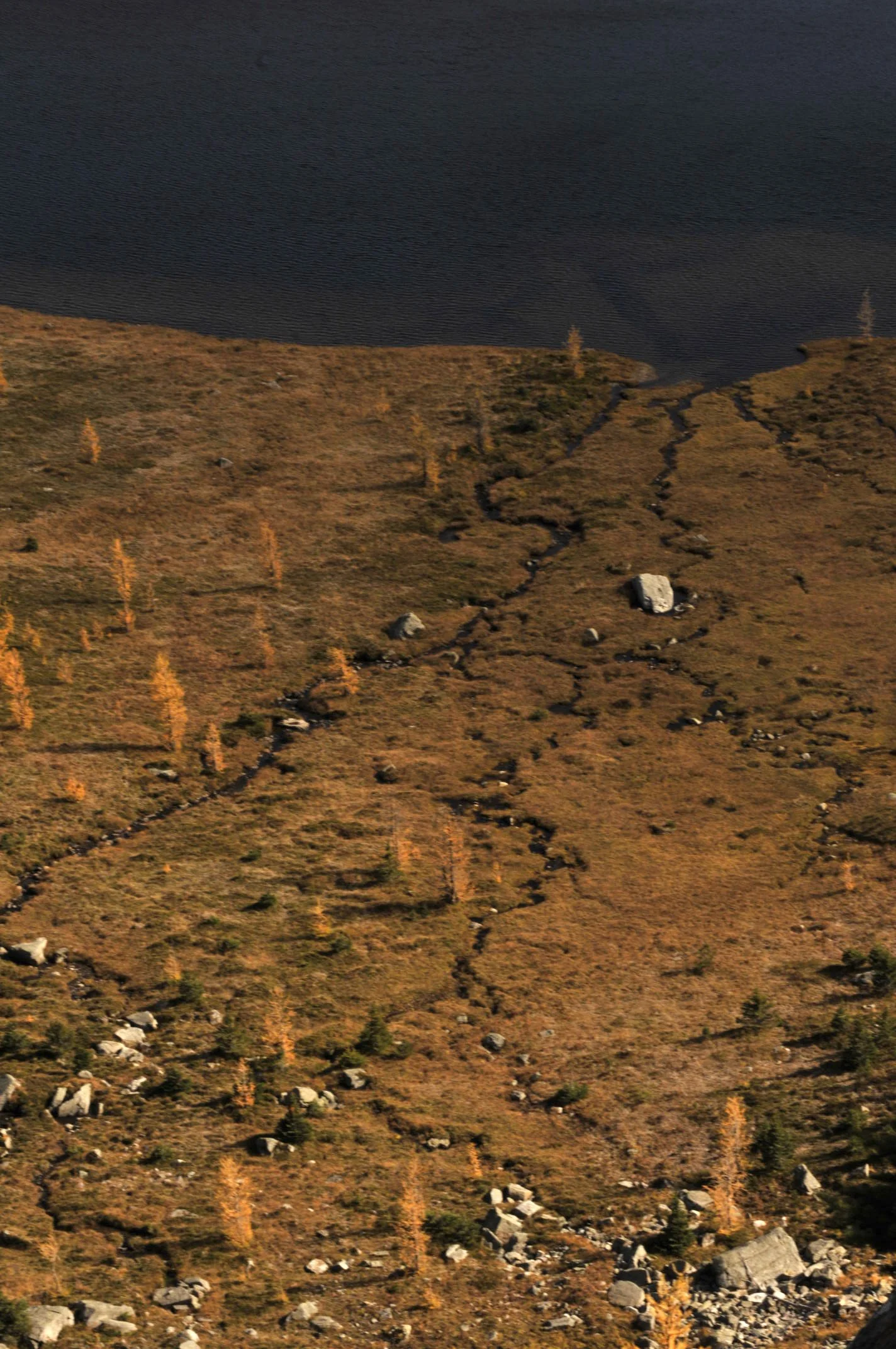
Back in 2015, hobbies such as trekking were new to the middle class, it was an upcoming trend that brought the millennials out into the wilderness, perfectly suited for the lifestyle that had enough professionals to have money, and also question the traditional two car garage investment that was on offer.
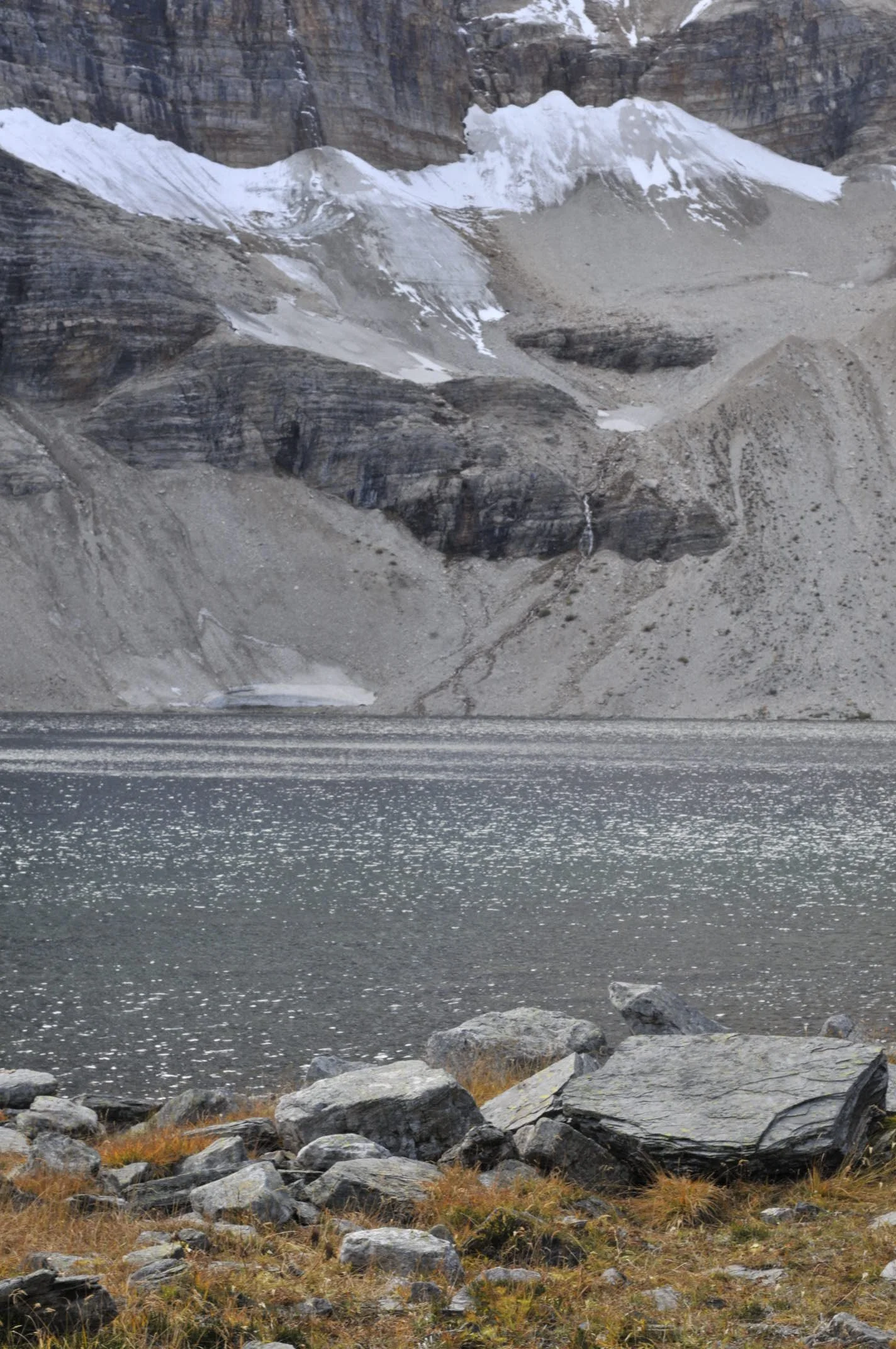
Ten years ago is a long time for climate change. As the first generation after the modernization of our Canadian cities, seeing the wilderness on such a level for most city goers was bittersweet, on one hand, it exposed the truth about the environment, the other hand, still a past time that didn't solve any of our lifestyle concerns unless it could be incorporated into everyday life.

Larches like this grow up in the mountains on the border between British Columbia and Alberta, Canada. Unlike other types of needle trees, these lose their foliage just like the leafy ones, making the soil around them a different story every season. Their austere beauty leaves a sad impression on everybody who see them next.
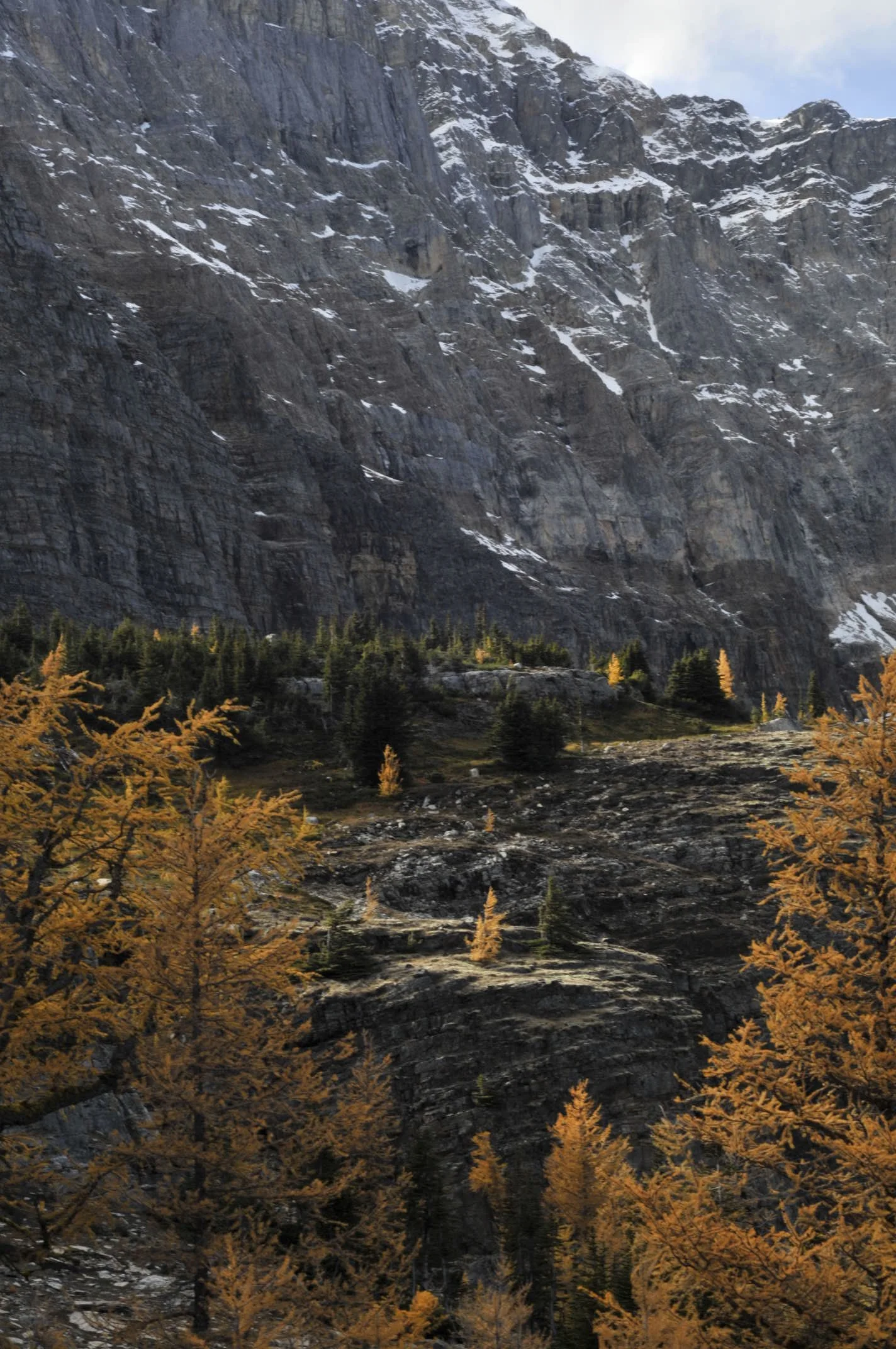
Mountain passes are funny places. In the movies, they seem like wonderlands full of spaces to live. In real life, how destitute and hard their weather is means hanging out takes a certain kind of resilience is needed just to be there, even when it looks this golden. When I was a kid, I used to believe it wouldn't bother me, that anything was better than city life. In real life, these places are cold and inhospitable, only nice for small windows of time.

The isolation that comes from being high away from people also says something about why people come to them. There are many legends about mountains and who spends time in them, but most of all, the hauntings that come these places are in everything, especially with the idea of demons and gods that live in Valhalla, or legendary mountains that will kill you for touching them.

Over millions of years, the mountains like the Rockies have sat, making life unpredictable and strange for the weather that flows underneath. Overtime, rock faces like this wear down and create deserts and slow hills that become pasture, but the centuries that go by hide the stragglers that could have come and gone for generations. Without eco-tourism, these places might spend ten years without another footstep.

At night, it's hard to understand how much there is to see. With light pollution in Canada before the advent of LED's were still part of our generation, being directly under the stars means the type of people who do better are the ones that are okay with seeing them first. The impression this leaves on people is that their instincts are at a all time high, away from where our senses are dumbed down for consumerisms sake.

Green trees like this provide almost no nutrients for the forest around this. Hard rock and gravel with coniferous trees that create a layer of debris enough to grow a forest, but at a very shallow depth. These trees hide traveling animals and insects for a very short time, before moving onto a wider pasture. The amount of land per living creature varies from area to area, with guesstimates for settlements and rehabilitation hard to predict.

As one mountain may shadow another, the temperature can vary so much between kilometers the you will freeze on one side, but not the other. My friend and I had spent seven days lost in this area when we overshot our destination by four extra unplanned days, and the difference between sleeping on sand rather than moss could have made or break our survival.
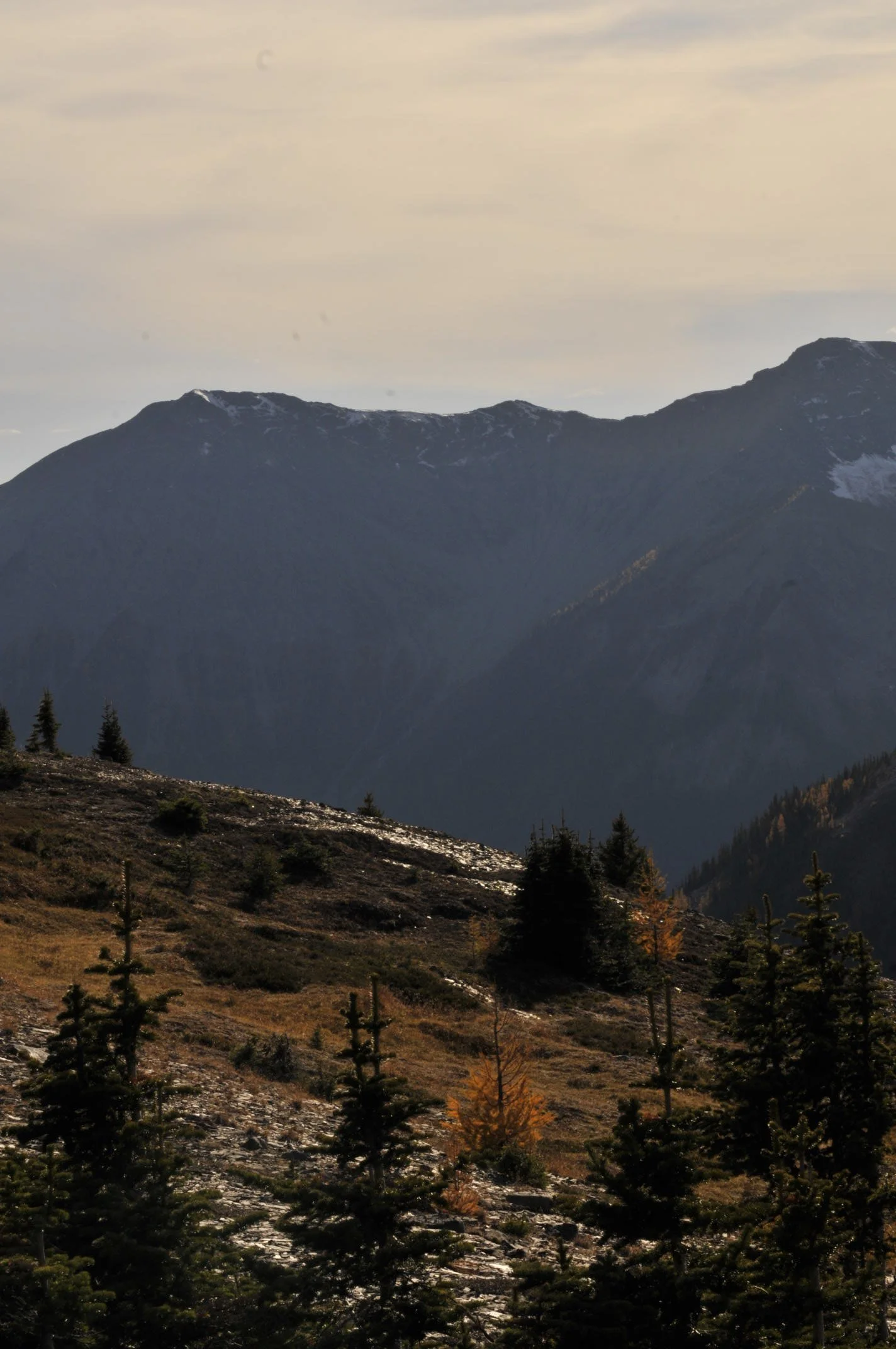
The legendary nature of minerals create interesting spaces all over the world. Whatever gets heaved up when a mountain gets born has a density and a structure that can affect the area deeply. Not many people believe in superstitious thoughts, but what we don't know about mountains is how much these layers of mineral deposits can create beautiful auras that effect our senses, perhaps the root cause behind the healing nature of certain places.
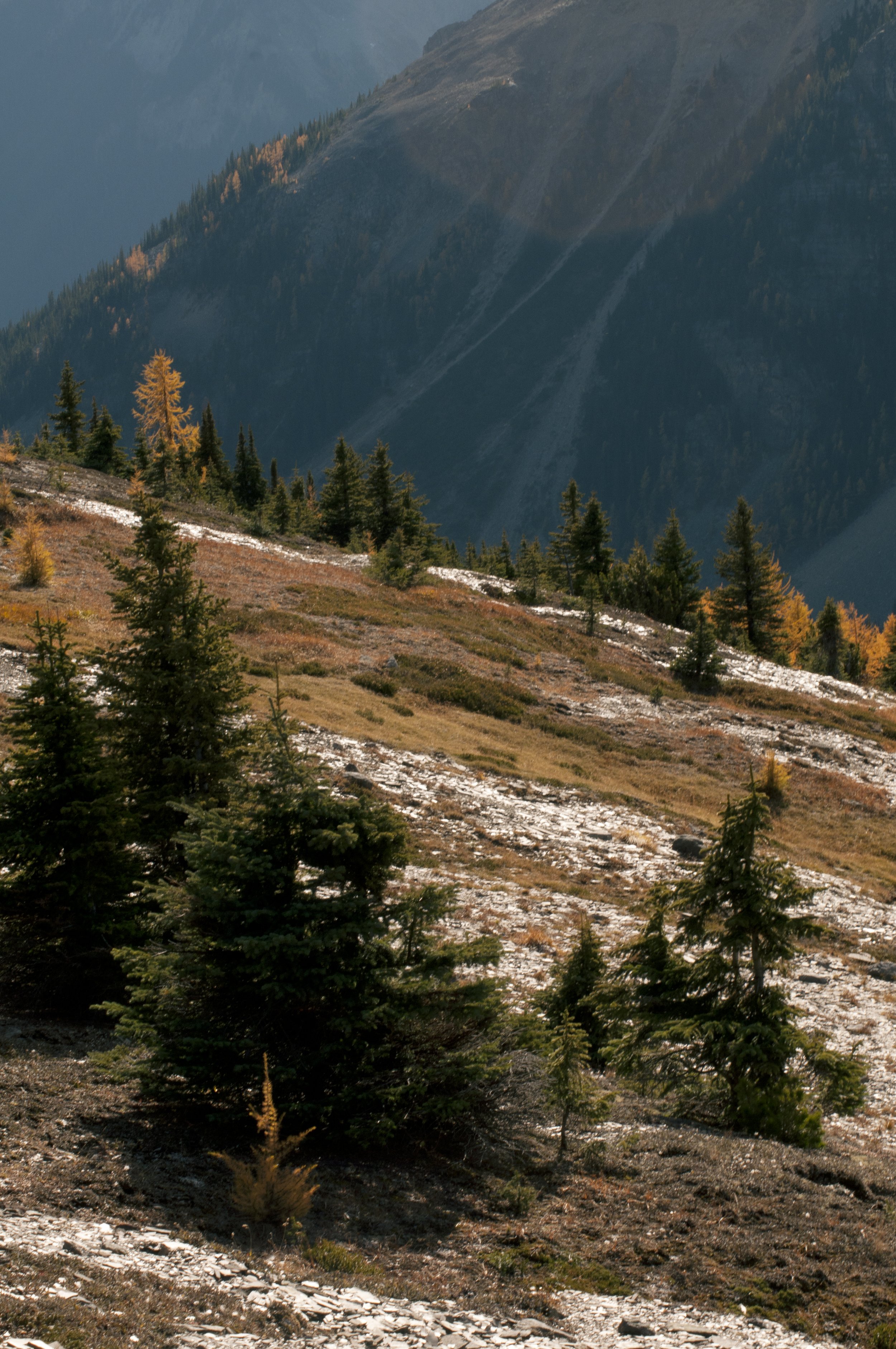
When the sun shines down on open meadows like these, it creates safe places for creatures like bears to forage during the day without being obstructed by exhausting dead fall. However, when darkness falls, the fear of being left out exposed under the open sky can be the exact opposite. The instinct, when survival is on the line, to go up to higher ground, or down to cover can divide people when a crisis strikes.

Whatever a person instinct is in the unknown says al lot about who they are as an individual and a tribe, and how much they go back to who they were after the fact, if they ever do again.
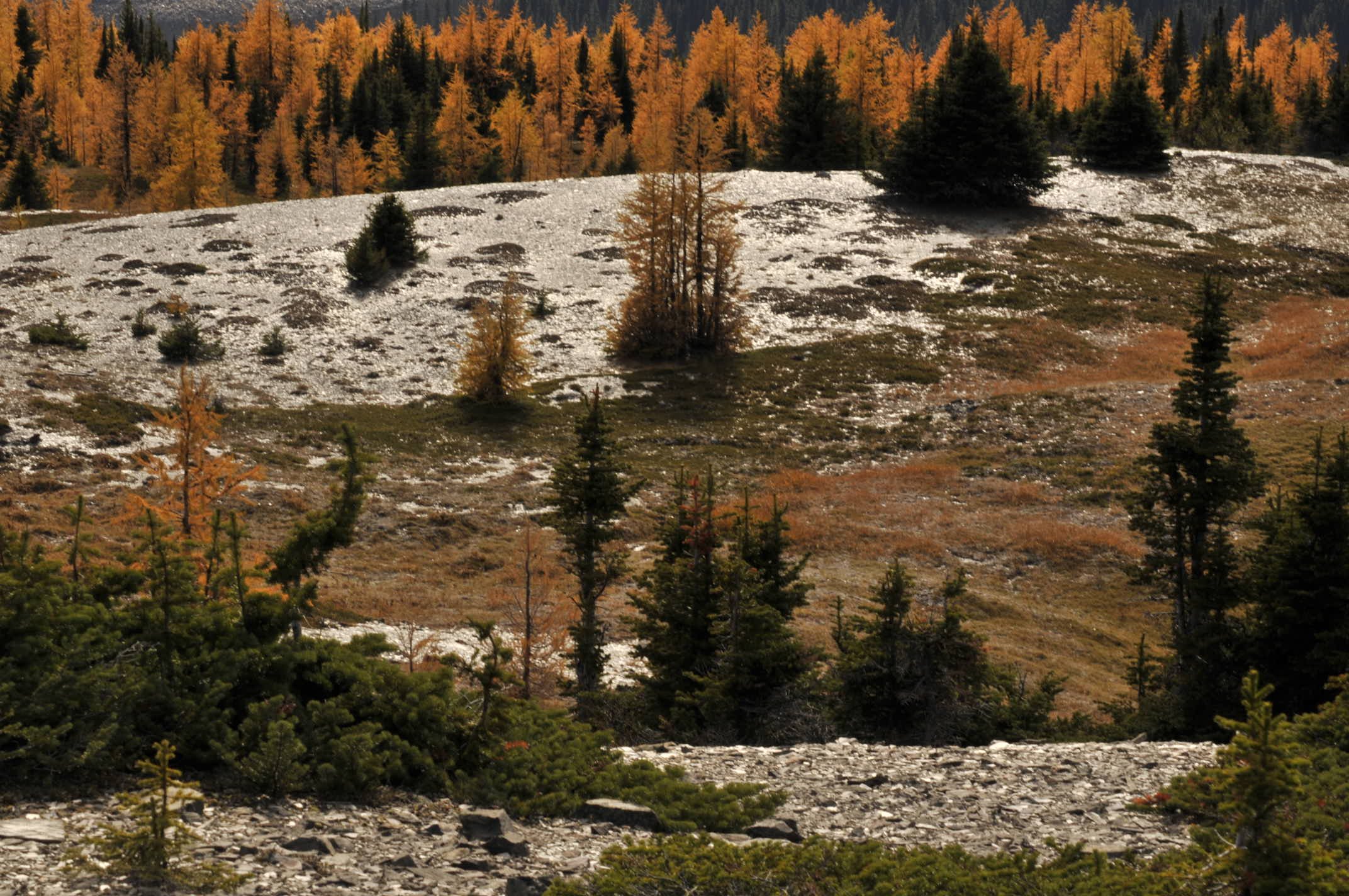
The beautiful, silvery nature against the gold of these larches only last for few weeks in September. When the sun hits it just right, it looks like it's from ephemeral plane, a common understanding for most people. Were places down where the cities built like this as well, in their own way, before the industrial revolution created forms that made technology?
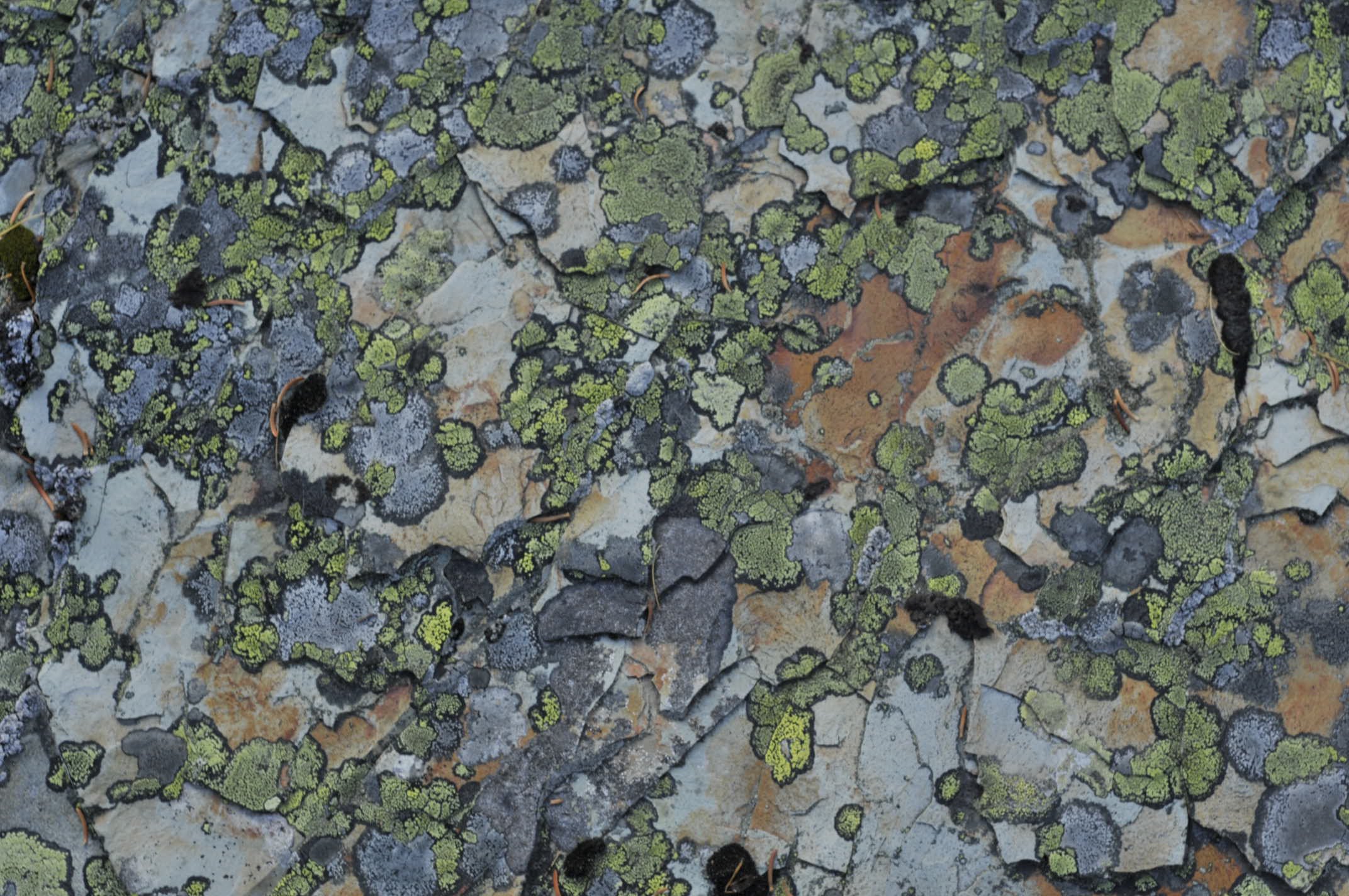
Do the things we make decay overtime if they are not from where they come, creating the sickness and depression we see in modern day? Untouched areas strike a funny balance in a person, between "How does it serve me, can I use it?" To, "I never want this place to change again", putting down the ethics for tourism and settlement we know today.
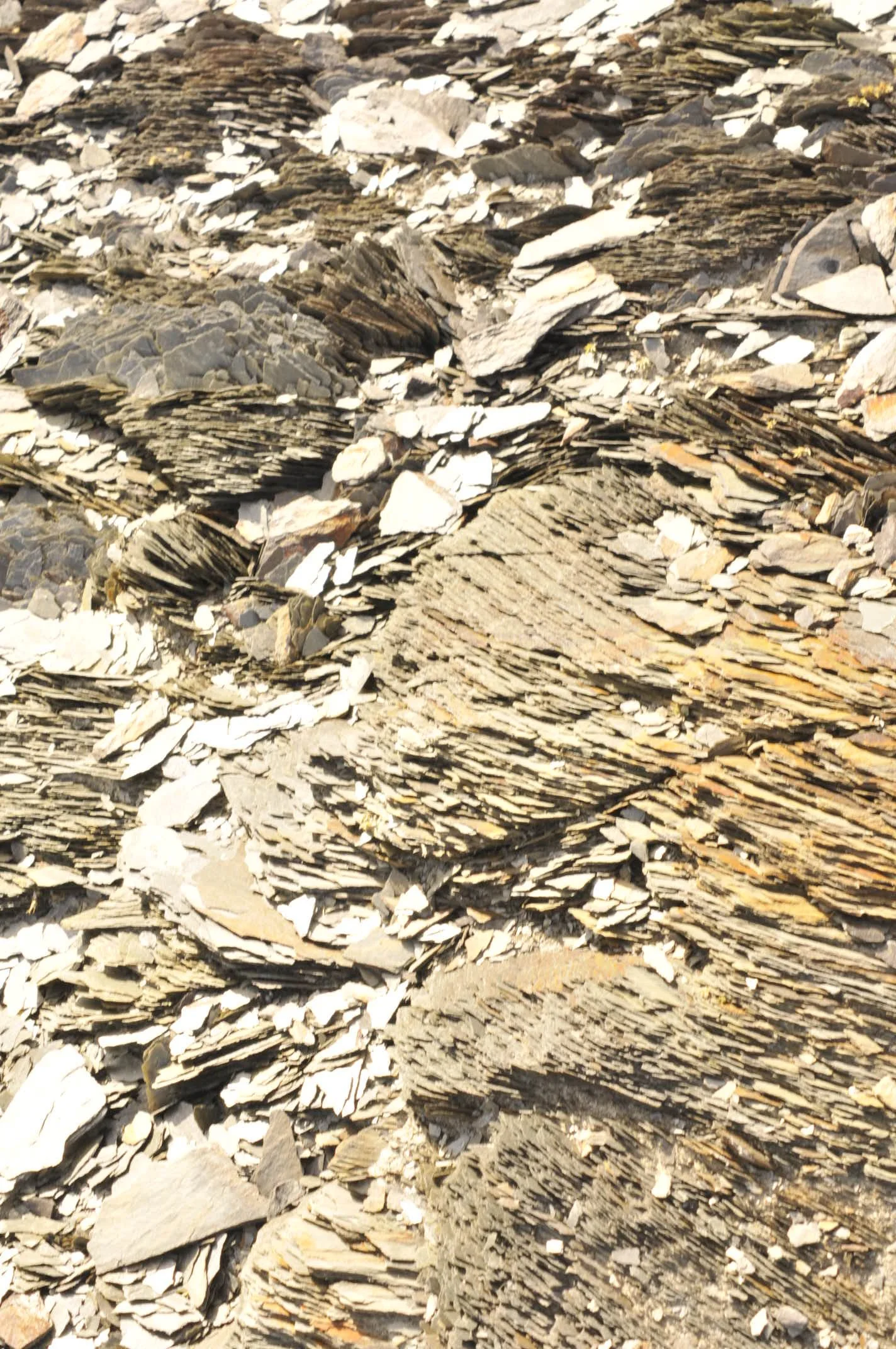
Close up, this talc-like substance from the hills would have been part of the ecosystem for generations. It would have dissolved and run into the streams and rivers, creating the gentle places that some people see as heavenly. To disturb this type of landscape takes careful planning, as the complicated network of biospheres are so easily extinguished, the workmanship from lower places can send shock-waves through an environment built of subtlety.

The dryer our southern places get, the harder it will be to see beautiful landscapes like this. As satellites and global warming change the graph of life we call home, the weather that sustains these places shift just enough to change the outcome. What was once northern California becomes part of Canada, and what was once Canada moves farther north. What will we see in 50 years as global efforts are more then prepared to tackle the hardest steps?
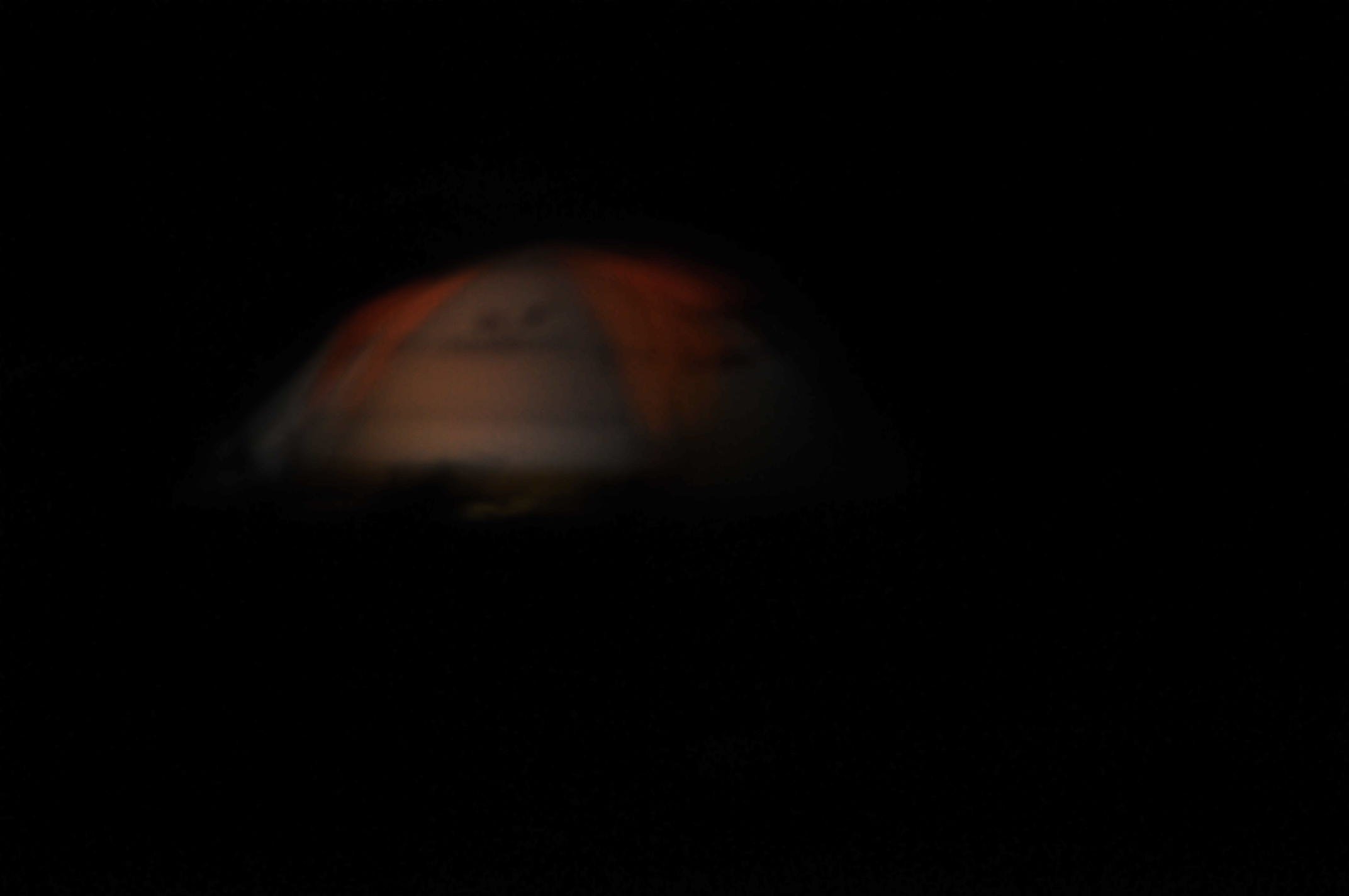
Away from the strength of convicted environmentalists, the idea that we need to prepare for the worst right now puts us 15 years in the future, so explorations, even worst case, create stronger citizens and economies that never deal with the wastes of denial and stalling, only creating a miserable, suicidal youth, hell-bent on disrespecting society.
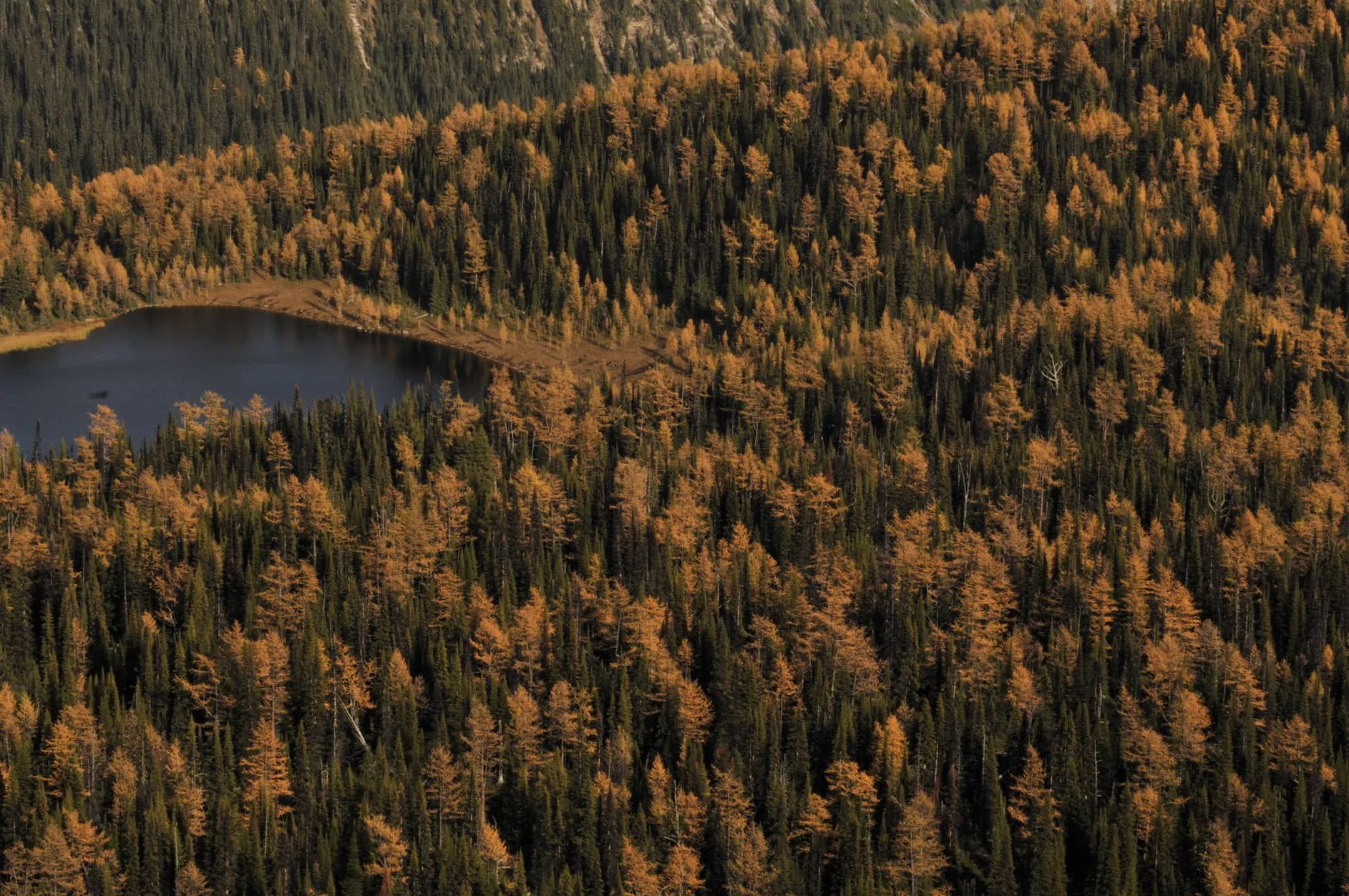
Being lost in a place that look like this was on of the worst experiences I have ever had in my life. The amount we don't know about the forest leaves the outcome up in the air until last minute. Underneath what looks innocent is 40 years of dead wood making every two feet a struggle that's worse then torture.

The amount of damage a person can take from wandering when you get turned around is why I wasn't prepared to deal with what mother nature can do. In the end, what we worry about the most becomes untouchable in it's own right, after all, the places we respect wouldn't have survived if they hadn't.
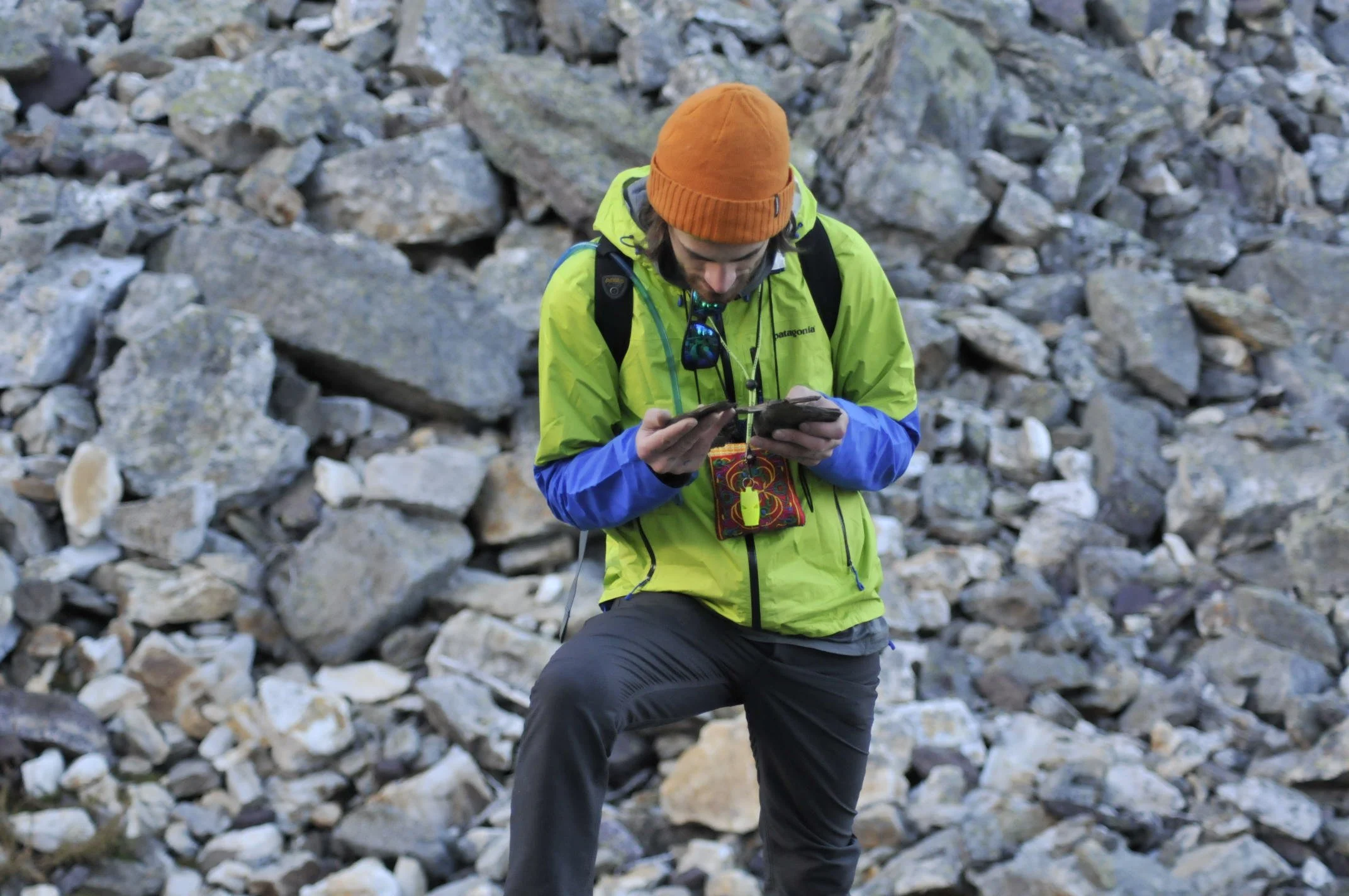
. My friend pictured here was an example of what the first wave of trekkers were in our generation before the world of buying and selling made it a must. After ten years of struggle, the new modern day adventurers still understands these stories as normal, however, what ends up working, and what people need, come from the roots of the soul, not from a person first.
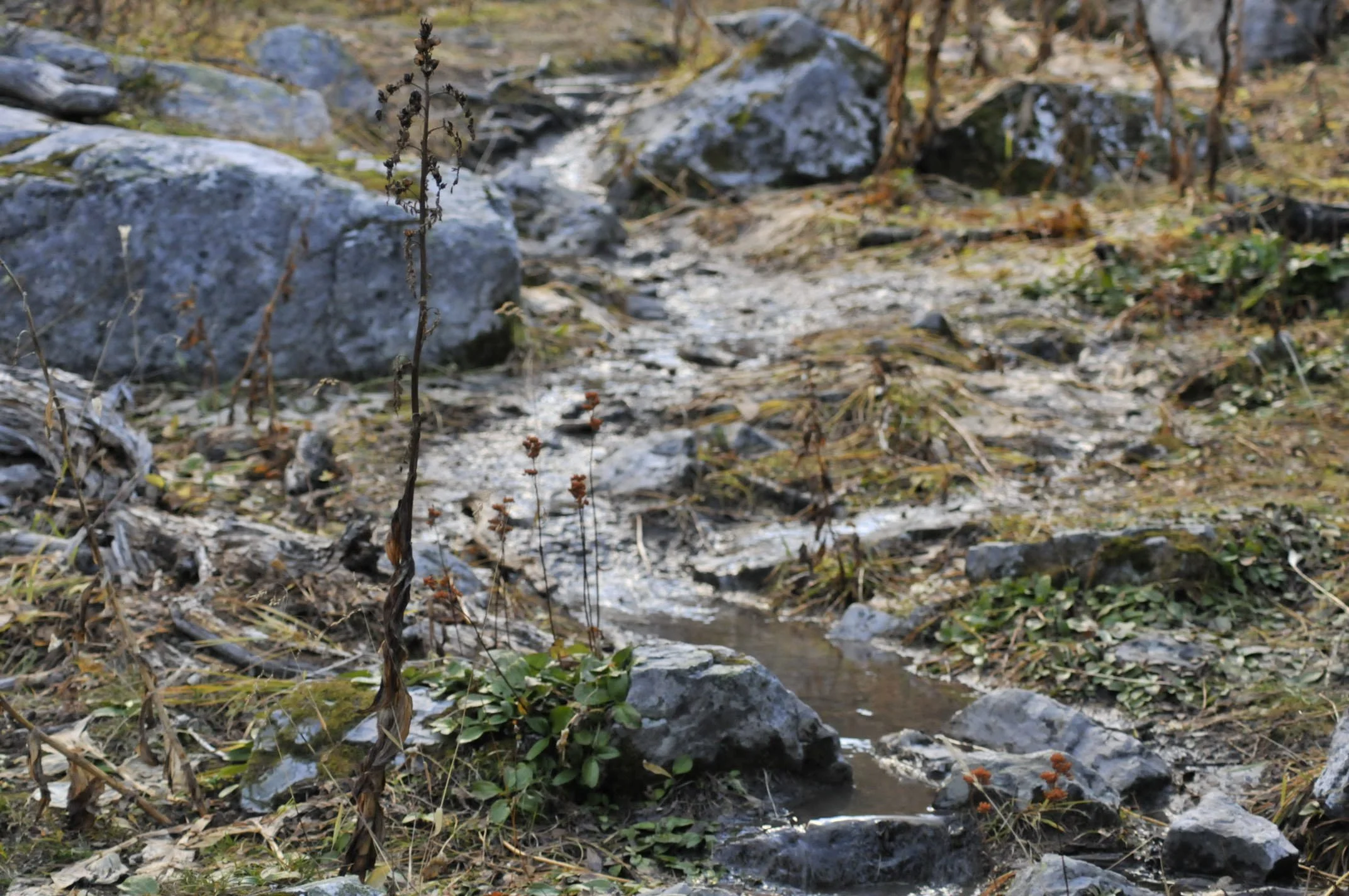
If it ever came down to knowing, many people have nothing but experience to teach them what it actually is to confront yourself in a place that dark. My friend and I didn't talk for years after we were rescued, as the whatever bond was there made it completely unspeakable to go back again, the opposite of what most people expected.

I will always be grateful for whatever got me through that time in my life. Those who seek comfort in the woods seek to be in a place that takes care of you as much as it takes care of itself. However, the severe brutality is shows to itself is also onto you as a person, proving it is never a guarantee until last minute.

I remember it was the only time in my life I was grateful to see a sidewalk because without it would have built a different person. However, the more our generation allows the wilderness to come back as it should be, the more we need to re-accept what it needs to do to our nature to allow us to survive, despite how uncomfortable it is as a person.
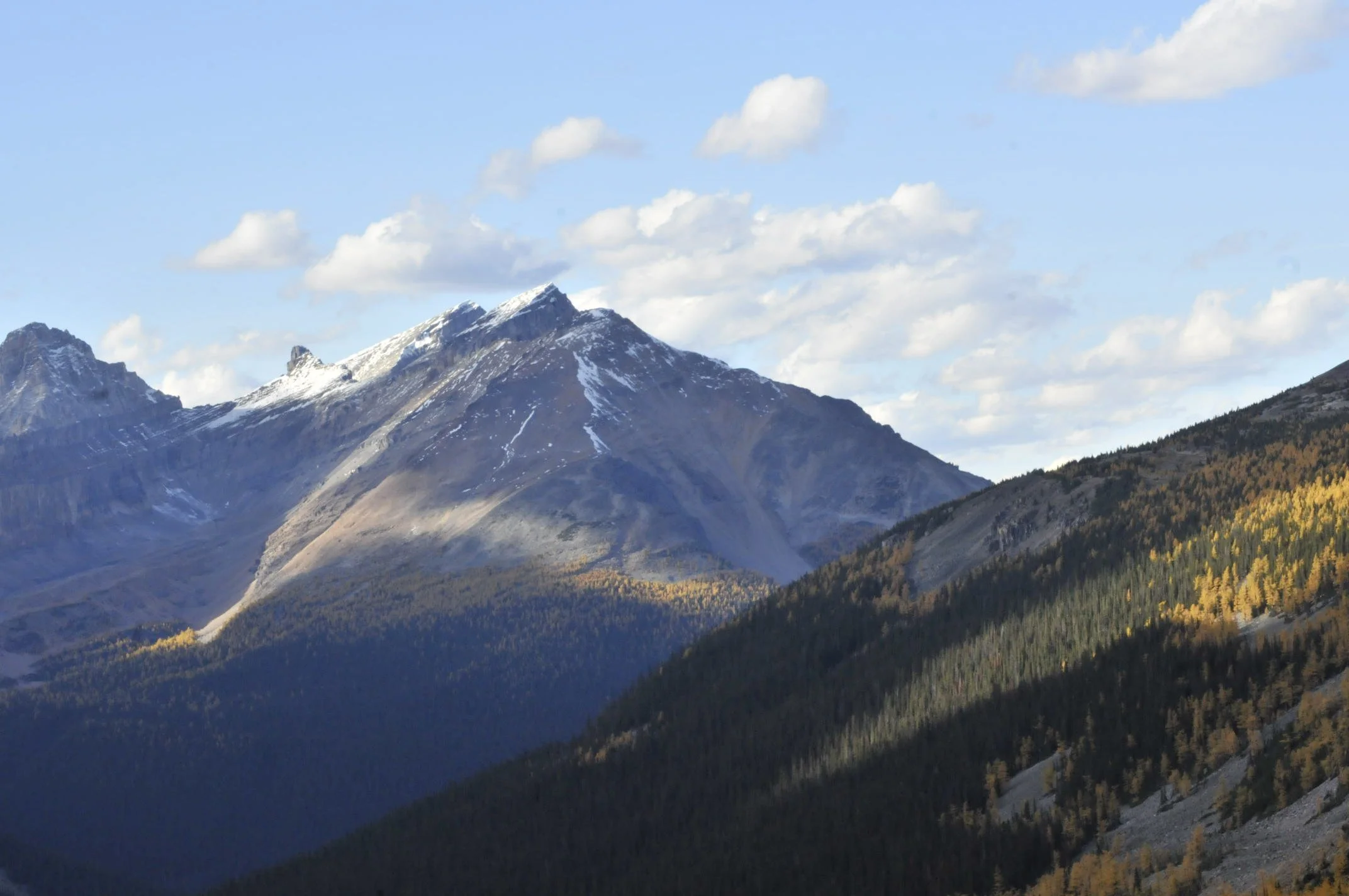
The lushness of this pictures says a story that is ten percent as rich as we expect it to be as consumers being trained to take by the world we live in. How can a person help without knowing what to put back in that is useful enough to work?

I love the experience of being in these places, but the amount we take even a photograph for granted is how far apart we are from truth. Without the hardship that mother natures most terrifying experience brings, the respect it commands will explain how it feels to be that close to something wrong.
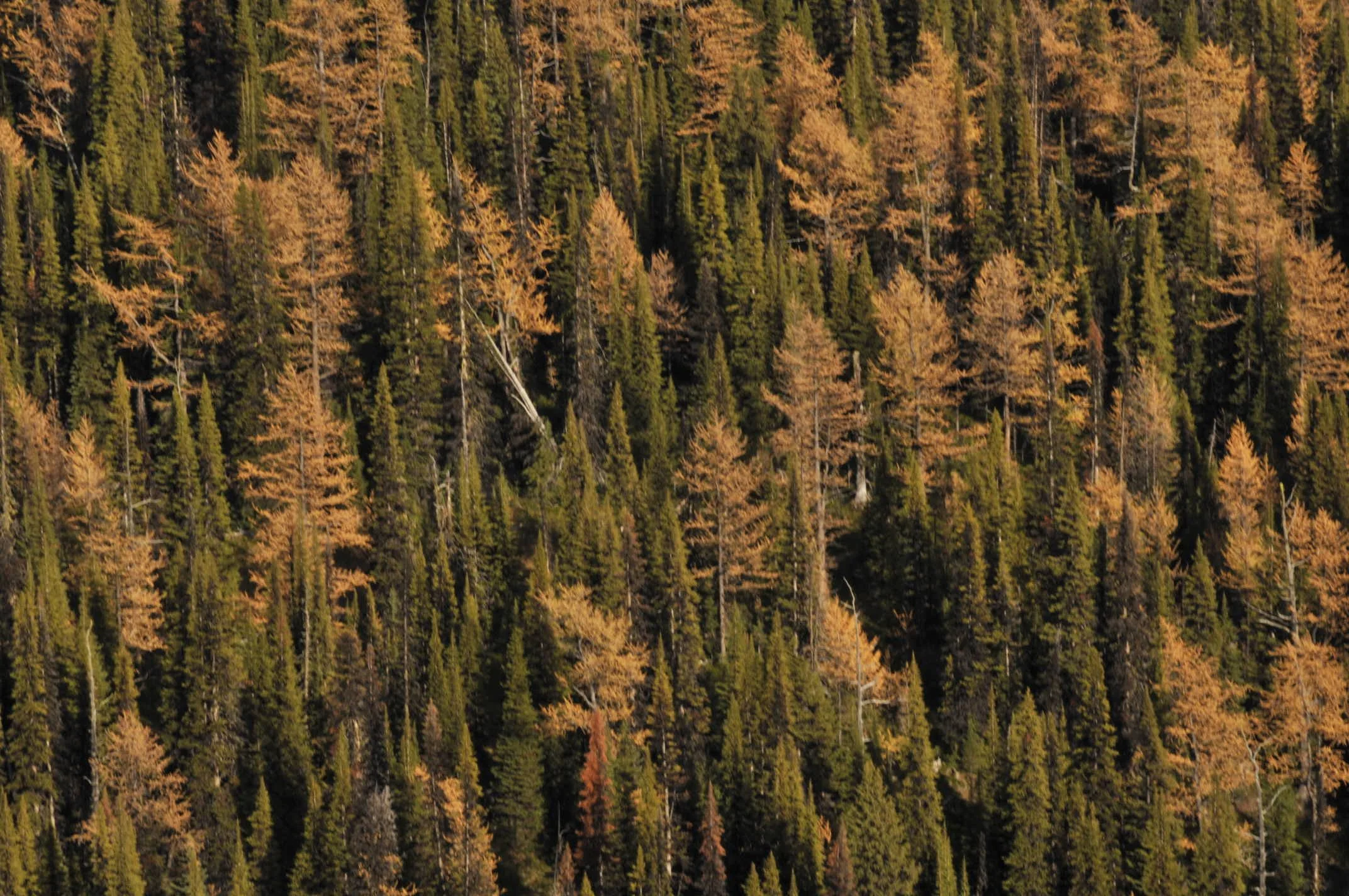
Experiences like this come to young people to set them on their true course, not the one they were delivered with. Would you fault another one for not understanding first? I believe the love that people share cannot be here without these journeys coming from a spiritual place, and to have one yourself is guaranteed in your nature.